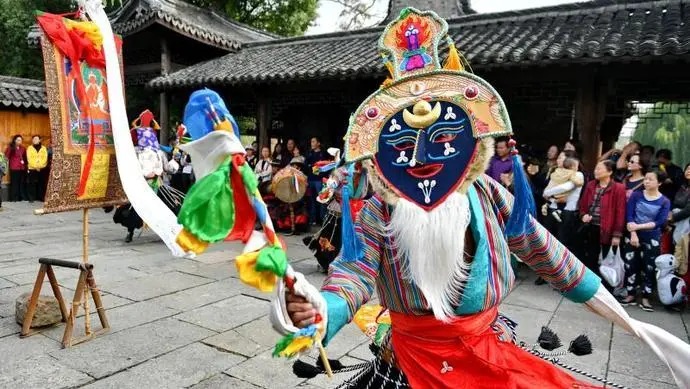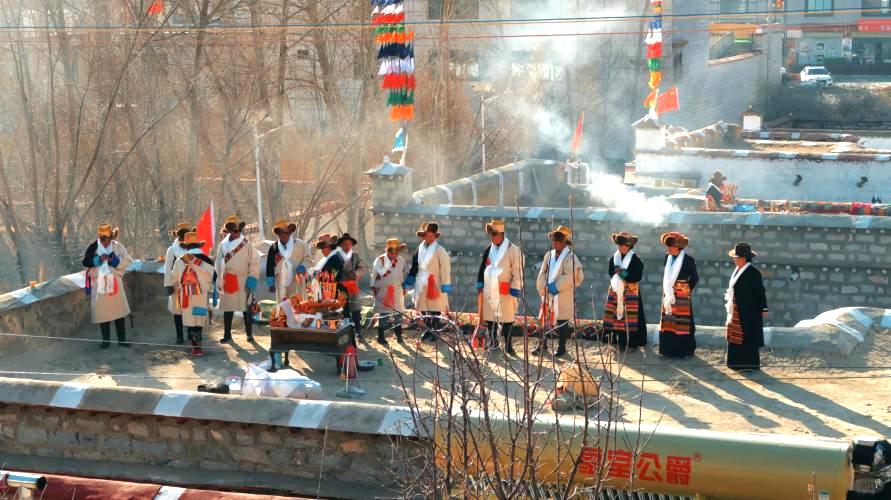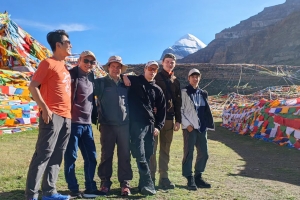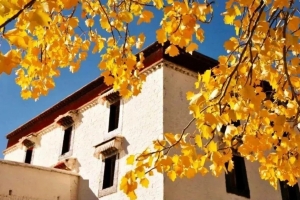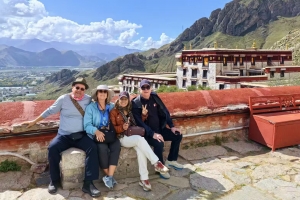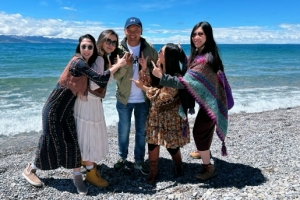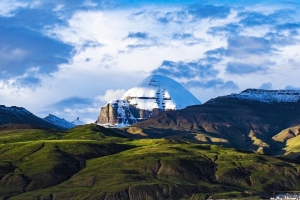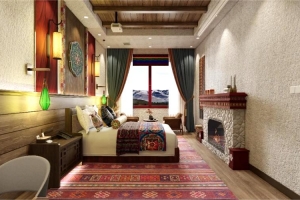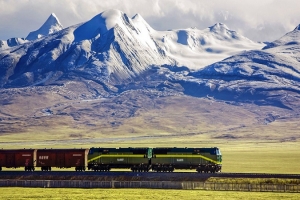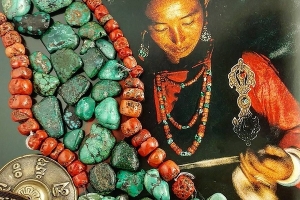If snow-capped mountains and sacred lakes form the natural backdrop of Tibet, then festivals are the vivid colors painted upon it. For travelers, festivals are more than grand celebrations—they are the best gateway to understanding the beliefs and lifestyle of this land. Among the many Tibetan festivals, the Shoton Festival, Saga Dawa, and Tibetan New Year are undoubtedly the most anticipated.
Shoton Festival: A Blend of Faith and Celebration
Time: Late June to early July in the Tibetan calendar
Location: Lhasa
“Shoton” means “Yogurt Festival.” It originated from the tradition of devotees offering yogurt to monks after their summer retreat, and gradually developed into a grand event that combines religious rituals with folk celebrations. Today, Lhasa is immersed in a joyful atmosphere during the Shoton Festival.
Highlights:
The Great Thangka Unveiling at Drepung Monastery: At dawn, a giant thangka of the Buddha is unfurled on the hillside of the monastery. The glittering Buddha image draws thousands of pilgrims and visitors, creating a breathtaking scene.
Festivities in Norbulingka: Local residents set up tents in Norbulingka Park, enjoying picnics, dances, and Tibetan opera performances. Visitors can join locals in celebrating the festival in a relaxed way.
Tibetan Opera: Known as the “living fossil of Tibetan culture,” Tibetan opera often depicts stories from history and Buddhism, performed in a traditional and captivating style.
Travel Tips:
Arrive at Drepung Monastery at least an hour early to secure a good spot for the thangka unveiling.
Book accommodation in advance, as the city is crowded during the festival.
While picnicking in Norbulingka, try local delicacies such as barley wine and butter tea.
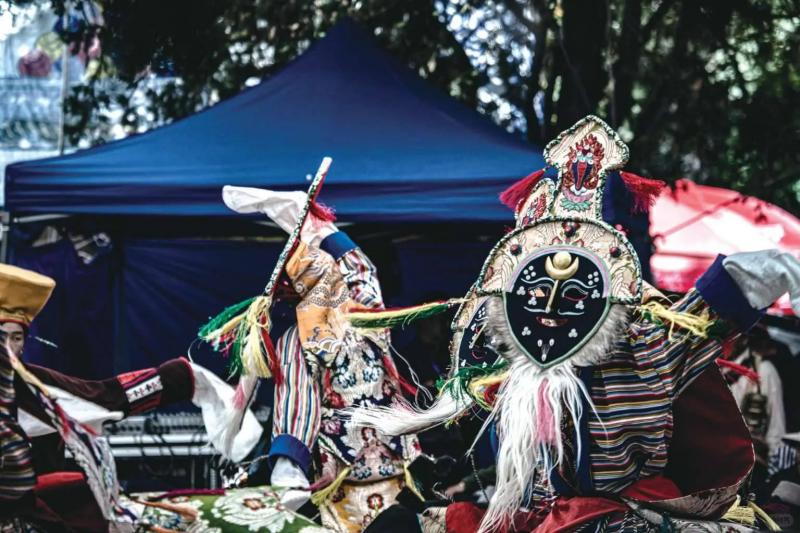
Saga Dawa Festival: The Most Sacred Religious Celebration
Time: Around the 15th day of the fourth month in the Tibetan calendar
Location: Lhasa (Jokhang Temple, Potala Palace Square), and monasteries across Tibet
Saga Dawa is one of the most important festivals in Tibetan Buddhism, commemorating the birth, enlightenment, and nirvana of Sakyamuni Buddha. It is believed that virtuous deeds performed during this period yield hundreds of times the merit, so the entire region is filled with spiritual devotion.
Highlights:
Pilgrimage and Circumambulation: Thousands of pilgrims walk around sacred sites such as the Barkhor kora around Jokhang Temple or spin prayer wheels near the Potala Palace. Many visitors join the pilgrims to experience the power of faith.
Prayer Flags and Life Release: Tibetans hang colorful prayer flags on mountain passes and release animals into rivers or lakes as a way of seeking blessings and auspiciousness.
Sacred Atmosphere at Jokhang Temple: Barkhor Street becomes the spiritual center of Lhasa, with an overwhelming sense of devotion.
Travel Tips:
Respect local customs when joining pilgrimage activities and avoid inappropriate behavior.
Some roads may be closed during the festival, so plan ahead.
For photographers, Saga Dawa offers extraordinary opportunities to capture Tibetan spirituality, but always ask permission before photographing devotees.

Prayer flags fluttering during Saga Dawa Festival
Tibetan New Year: The Plateau’s Grandest Festival
Time: From the 1st to the 15th day of the first month in the Tibetan calendar
Location: Across Tibet
Tibetan New Year, or Losar, is the most important traditional festival for Tibetans, comparable to the Chinese Lunar New Year. Families thoroughly clean their homes, decorate with auspicious symbols, and prepare abundant food. For visitors, it is the perfect chance to experience Tibetan folk culture.
Highlights:
New Year’s Eve Dinner and “Gutu”: On New Year’s Eve, families gather to eat “Gutu,” a special soup made with barley dough balls and unique ingredients, symbolizing the farewell to the old year and the welcome of the new.
Lion Dances and Religious Ceremonies: In Lhasa and certain monasteries, grand religious rituals and festive folk activities take place.
Visiting and Singing & Dancing: Friends and relatives visit each other, exchange khatas, and offer blessings. Guests are warmly welcomed, and travelers may be invited to join in.
Travel Tips:
Demand for transportation and accommodation is high—book well in advance.
When visiting a Tibetan home, follow local etiquette: offer khatas with both hands and never touch sacred objects casually.
The weather is still cold during this time, so warm clothing is essential.
The Unique Charm of Festival Travel
Compared with sightseeing alone, festival tourism allows travelers to gain deeper insights into Tibetan culture. The Shoton Festival showcases Tibetans’ love for art and life; Saga Dawa reveals the sincerity and power of their faith; and Tibetan New Year highlights strong family bonds and community spirit.
For visitors, joining these festivals is not only a visual and spiritual feast but also a chance to interact with locals and experience authentic Tibetan traditions.
Practical Information at a Glance
Best way to participate: Travel with a local agency or connect with Tibetan friends for more authentic experiences.
Things to keep in mind: Respect religious and cultural traditions, avoid interrupting rituals, and follow monastery rules.
Recommended seasons:
Shoton Festival: Summer (great to combine with a Lhasa trip)
Saga Dawa Festival: Late spring to early summer (ideal for religious experiences)
Tibetan New Year: Winter (best for folk customs and festive atmosphere)
Tibetan festivals are the most vivid expression of life on the plateau. From solemn religious ceremonies to joyful family gatherings, they offer unforgettable experiences to travelers. If you are planning a trip to Tibet, consider aligning your journey with one of these festivals—you will discover a unique blend of devotion and celebration found nowhere else.

